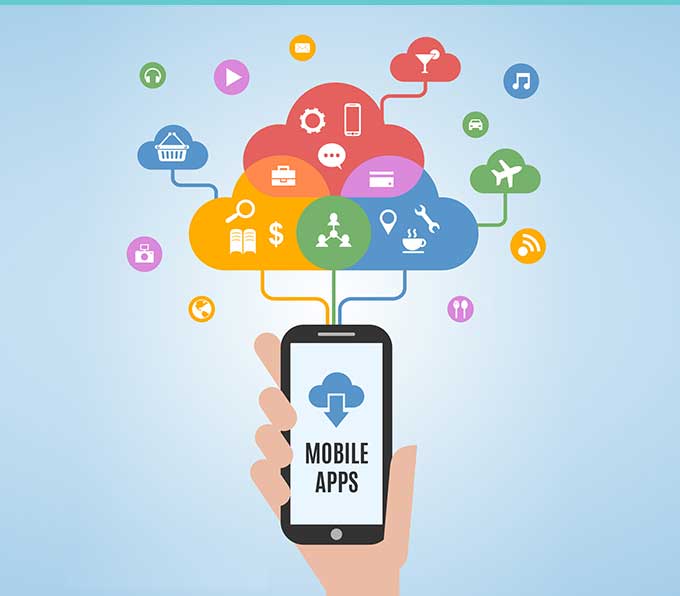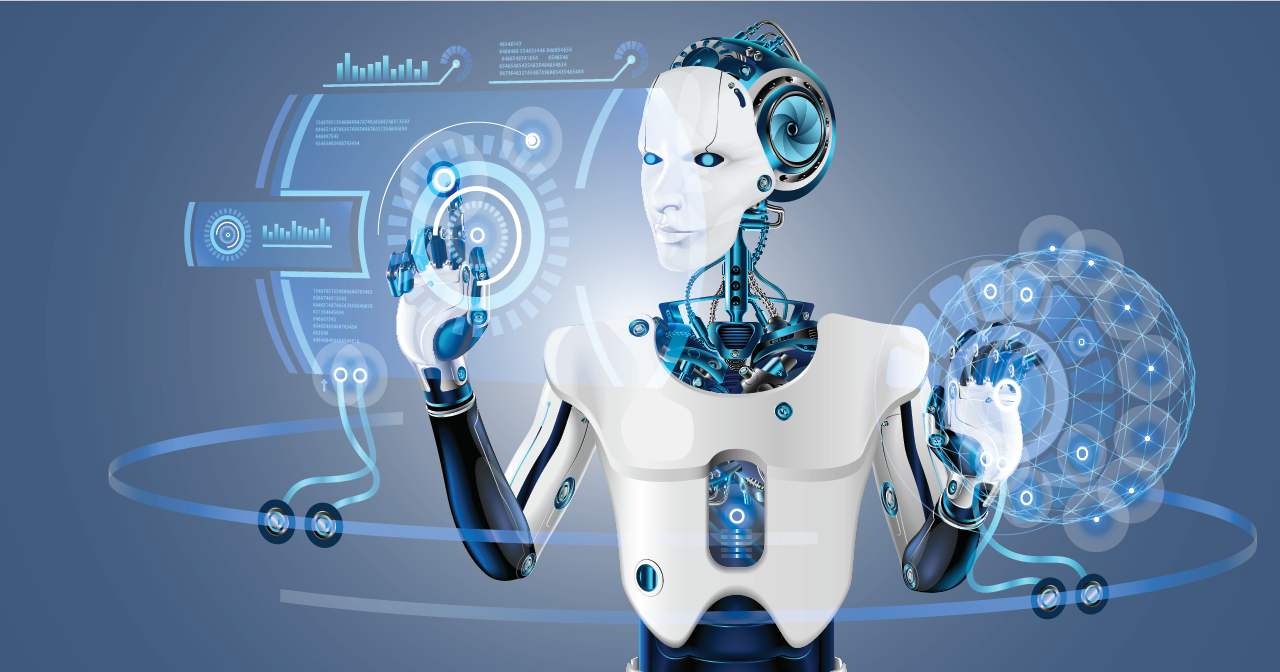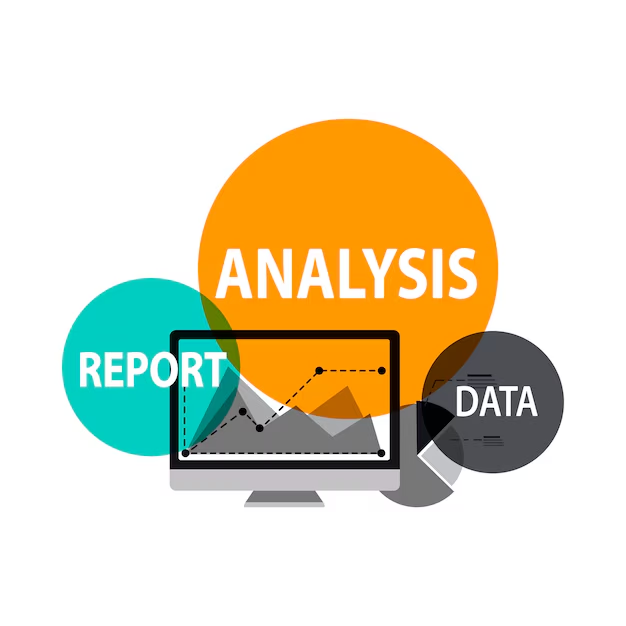About Our Company
Mobile Application Development

Mobile apps are designed specifically for use on portable devices like smartphones and tablets. It involves frameworks such as Flutter, React Native, and Swift for iOS, or Kotlin for Android. Developers focus on creating intuitive interfaces, optimizing performance, and integrating device-specific features like cameras, GPS, and Bluetooth. Apps are often designed with consideration for offline functionality and security. They must adapt seamlessly across multiple screen sizes. Testing and debugging are crucial to ensure smooth user experiences. Maintenance updates and version upgrades post-deployment ensure functionality stays current. The goal is to create user-friendly, responsive, and feature-rich apps to engage users effectively.
Cloud Application Development

Cloud-based applications store data and operate on remote servers accessed over the internet. These applications are scalable, enabling businesses to accommodate increasing users and workloads. Developers often use platforms like AWS, Azure, and Google Cloud for building and deploying them. They reduce dependency on local computing power and enhance collaboration by enabling real-time data access. Key considerations include security, API integration, and user authentication mechanisms. Applications can provide automated backups, disaster recovery options, and ensure data consistency. Cost-efficient subscription models are commonly adopted. Cloud applications are built to handle both front-end interactions and extensive back-end processing seamlessly.
Web Application Development

Web applications run within internet browsers and are built using web technologies like HTML, CSS, JavaScript, and frameworks like Angular, React, or Vue.js for front-end development. Back-end frameworks such as Django, Node.js, and Ruby on Rails handle server-side functionality. Developers focus on responsiveness for various device sizes, scalability, and seamless user interactions. Security measures like HTTPS, data encryption, and user authentication protocols are essential. These applications can range from basic forms to complex services like e-commerce platforms, social networks, and online dashboards. Continuous testing and optimization ensure excellent performance and accessibility across different browsers.
Robotic Process Automation

RPA automates repetitive business tasks through software bots. Common examples include data extraction, invoice processing, and report generation. Leading RPA tools include UiPath, Automation Anywhere, and Blue Prism. These bots mimic human actions by interacting with digital systems using predefined rules. They help reduce manual errors, increase productivity, and free employees to focus on creative tasks. Implementation involves mapping workflows, designing bots, and ensuring integration with existing systems. Security protocols are crucial to avoid data misuse. Scalability lets businesses expand automation across departments. RPA empowers companies to achieve greater operational efficiency without extensive coding.
Data Visualization & Analytics

This domain focuses on transforming raw data into visually impactful representations, helping users identify trends and insights. Tools like Tableau, Power BI, and Python libraries (e.g., Matplotlib, Seaborn) are often employed. Developers design dashboards, graphs, charts, and heatmaps for clear interpretation. Interactive visualizations allow users to customize views dynamically. Analytics involve statistical methods and predictive models to uncover patterns in data. Developers prioritize efficient handling of large datasets, ensuring processing speed. Applications are widely used in industries like finance, healthcare, and marketing. The ultimate goal is to simplify decision-making through data-driven insights.
Quality Assurance & Testing

This ensures that software meets all required standards and functions as intended before deployment. Developers use manual methods alongside automated tools like Selenium, JUnit, and TestNG for testing. Different types include unit, system, integration, and performance testing. QA teams focus on identifying bugs, ensuring compatibility across platforms, and verifying user interface consistency. Test scenarios simulate real-world conditions. Regression testing is conducted during updates to ensure new changes don’t impact functionality. Documentation of issues and resolutions is maintained for future reference. Quality assurance ensures the software is reliable, secure, and delivers the best user experience.
UX/UI- Designs

UX (User Experience) designs aim for functionality and ease of navigation, while UI (User Interface) designs focus on aesthetics. Designers use tools like Figma, Adobe XD, and Sketch to create prototypes and wireframes. UX involves researching user behavior, creating smooth workflows, and solving interaction challenges. UI incorporates elements like color schemes, typography, and visual layouts to make the application visually appealing. Both must balance style and usability for a seamless experience. Continuous testing ensures interfaces work across devices and meet accessibility standards. Together, UX/UI design is critical to developing engaging software solutions.
Software Integration

Integration combines different software systems to work cohesively. Developers use APIs, middleware, and services like REST or SOAP for smooth data flow and communication between applications. It often involves syncing CRM systems, accounting platforms, and other tools. Integration processes ensure consistent data across platforms, improving workflow efficiency. Security measures like authentication tokens and encryption prevent unauthorized data access. Challenges include handling compatibility issues and migrating data without errors. Integration facilitates centralized management and enhances organizational productivity by connecting disparate software tools into a unified ecosystem.
